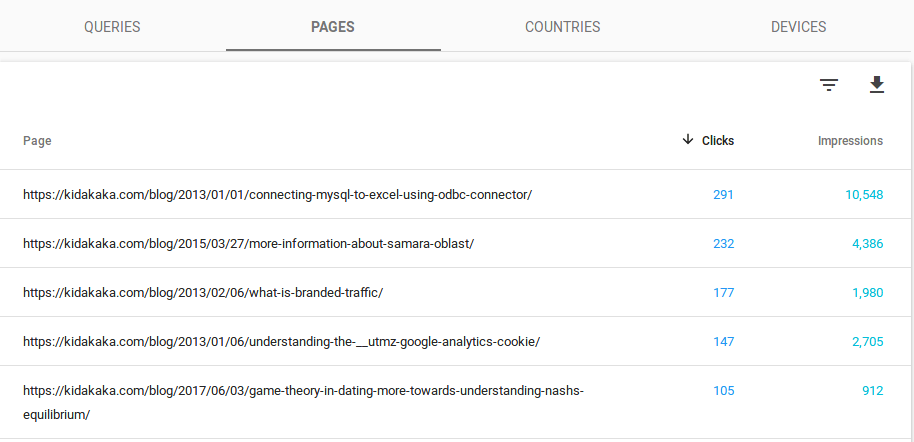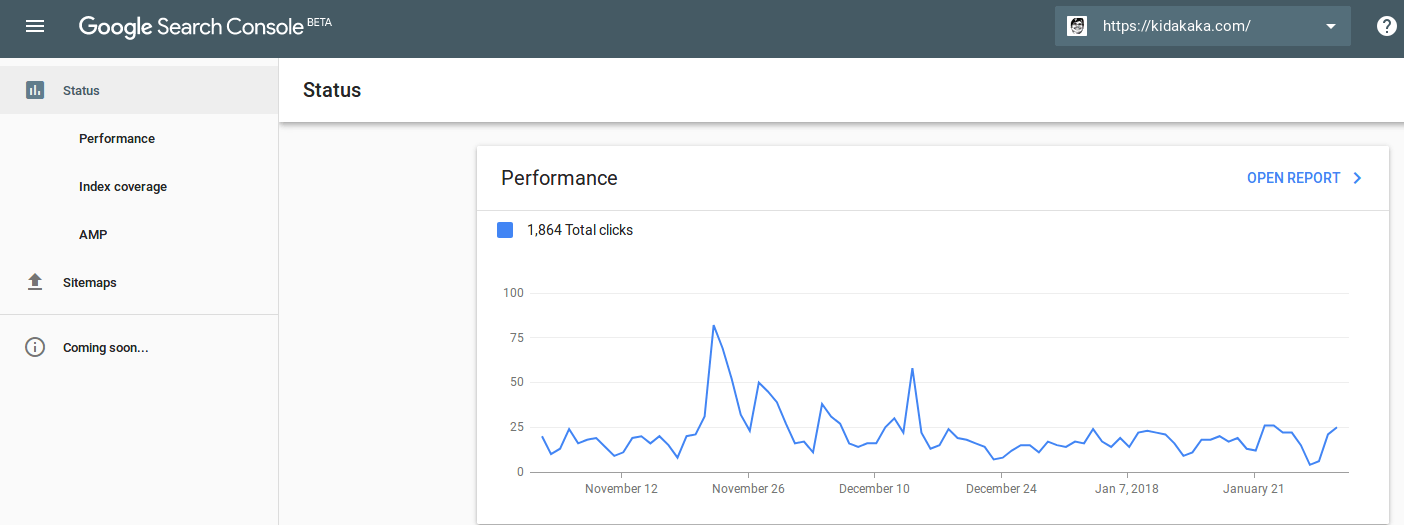This blog has been my place to articulate my thoughts, to propose experiments and my views on multiple topics. Having said that, this is one such piece.
I would love to hear your views about this and feel free to scroll down to that comment box and leave a line (or two).
What is Game Theory?
Taking the excerpt from Wikipedia –
Game theory is “the study of mathematical models of conflict and cooperation between intelligent rational decision-makers.” Game theory is mainly used in economics, political science, and psychology, as well as logic, computer science and biology.
In this piece, I am proposing that we can use the basic precepts of Game Theory and apply them to SEO strategies as well.
Originally, it addressed zero-sum games, in which one person’s gains result in losses for the other participants. Today, game theory applies to a wide range of behavioral relations, and is now an umbrella term for the science of logical decision making in humans, animals, and computers.
In Search Engine Optimization, for a particular query search, only one site can be at the top. At the cost of the search visibility of other sites.
Ergo, SEO is clearly a zero-sum scenario.
Wait, isn’t this between two players?
That’s what we construe of Game Theory … and more importantly with Prisoner’s Dilemma. However, in the real world, and in almost any market driven environment, there are always multiple players.
Such scenarios are referred to as n-person games, or in Gaming parlance – multi-player games. This gives way to something we define as Evolutionary game theory.
What is Evolutionary Game Theory?
Evolutionary game theory considers games involving a population of decision makers, where the frequency with which a particular decision is made can change over time in response to the decisions made by all individuals in the population.
So, in SEO the strategy that I can adopt at any point of time is suspect to change, and over a period of time, most players who are working on their SEO would tend to change their strategy and evolve their approach.
In economics, the same theory is intended to capture population changes because people play the game many times within their lifetime, and consciously (and perhaps rationally) switch strategies.
Ditto about SEO again. In textbook style, I could say don’t do Black Hat. However, you know it and I know it … that at some point of time in our lives we have done Black Hat. Yes yes yes, it doesn’t work and you have to pay the price, but we still have gone ahead, haven’t we?
This change in tactics, resulting in evolution of market dynamics effectively ends up changing the winning strategies of the game. A research article that talks about how the competing strategies change within a network of decision makers is available here.
To read more on Evolutionary Game Theory, here is the wiki link.
Rituals and Evolutionary Game Theory
One more interesting characteristic that mathematical biologist John Maynard Smith realized when studying the behavior of game theory in communities was that in biological communities (his research was based on Darwinian concepts and survival of the fittest) most of the players did not focus on their strategy as a winning one, but treated their strategies as at a ritualistic level.
Ergo, for most members of the population it was not important whether they were engaged in a competitive and winning strategy, but rather that they were engaged in a strategy in the first place.
Wait, what?
Let me rephrase that statement.
Players involved in playing a multi-player game, where the game itself was changing constantly, the winning strategy was not important for players.
So much, as having a strategy in the first place.
Uh, I thought this was going to be on SEO
It is.
In a game of lets-get-on-top (on Google), all of us marketers are running circles trying to figure out the best SEO strategy.
We have seen many of the oft-quoted paradigms here –
- Content is king
- Great Link profiling
- Black Hat
What I am proposing is that it really does not matter which step you take … as long as you decide to take a step as per a strategy and then choosing to evolve your stance after you find out the result.





